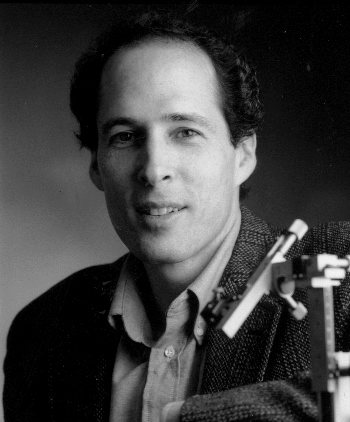SAMUEL THEOBALD was born in Baltimore on November 12, 1846, a member of the prestigious Smith family, which was prominent in American medicine. His great-grandfather was Nathan Smith, a Harvard graduate and founder of a number of medical schools, including Dartmouth and Yale. His grandfather, Nathan Ryno Smith, was the celebrated teacher and professor of surgery at the University of Maryland, where he was revered and where a student described him as, “one of the most extraordinary men whom this country has produced.” Samuel’s father, also a physician, passed away when Samuel was very young. As a result, his grandfather raised him and directed his education. At the age of twenty-two, Theobald earned his medical degree from the University of Maryland. He then married Miss Caroline Dexter DeWolf and traveled abroad to study ophthalmology and otology before opening a practice in Baltimore in 1871.
In 1874, he established the Eye and Ear Dispensary and in 1882 was instrumental in founding the Baltimore Eye, Ear and Throat Charity Hospital. Throughout his career, he remained active with these organizations.
In 1889, Theobald was appointed as an ophthalmic surgeon at the brand new Johns Hopkins Hospital. When the university’s medical department was established a few years later, Dr. Osler established a clinical professor position and Dr. Theobald was appointed Clinical Professor of Ophthalmology and Otology. In 1910 he became the 14th president of the American Ophthalmological Society.
In 1925, when the Wilmer Eye Institute was founded, Dr. Theobald stepped down as chair of the department and received many accolades for his numerous accomplishments while on faculty. Following his death, the Hospital Advisory Board quoted Dr. William H. Wilmer’s words describing Samuel Theobald, “In his scientific work he showed the genius of infinite pains; in his ethical relations to his colleagues he set a high ideal; to his friends he showed a character full of charm.”
Dr. Theobald died on December 20, 1930. The Wilmer Eye Institute is extremely grateful to Dr. Theobald for the roots he created that have allowed Wilmer to grow into the world renowned Institute it has become. His legacy will continue to provide hope to all those who seek ophthalmological care and an end to eye diseases.
